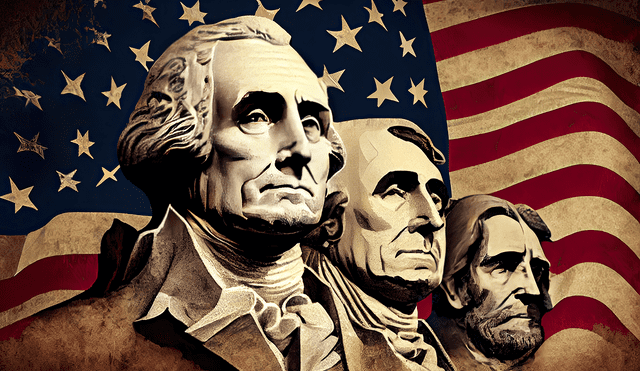Presidents' Day Date Changes Explained: Why It’s Not Always on February 22
Ever wondered why Presidents' Day falls on a different date each year? Learn the history behind the holiday shift and how it was officially decided.

Presidents' Day is a widely recognized U.S. holiday and the next one on the calendar. Celebrated annually in February, this holiday honors and commemorates past leaders, particularly George Washington (born on February 22) and Abraham Lincoln (born on February 12), both of whom were born in this month.
From indifference to tradition
Ironically, George Washington was not particularly fond of his own birthday. According to Alexis Coe, a presidential historian and Washington biographer, he was more likely to write about the weather on his birthday than any gifts he might have received—"unless it was a mule," she notes.
However, Washington was aware of his role as a unifying figure for the young nation. While leading the army against the British, he understood the symbolic power of a birthday celebration. When he and his troops were stationed at Valley Forge, Pennsylvania, a group of drummers and fifers performed in front of his quarters in honor of the occasion.
Jeffrey Engel, executive director of the Center for Presidential History at Southern Methodist University, explains that all celebrations during the war began as a "snub to King George".

ALSO SEE: Will Banks be open on Presidents' Day 2025? Here’s what to expect for February 17 in the U.S.
Why does Presidents' Day changes its date?
After Washington’s death in 1799, Americans began informally celebrating his birthday. In 1879, February 22 was officially recognized as a national holiday.
The idea of a Presidents’ Day emerged in 1968 with the passage of the Uniform Monday Holiday Act. The holiday was moved to the third Monday in February after Congress adjusted most federal holidays to fall on a Friday or Monday, creating longer weekends.












